Pigeon Breeding – Correct Line Breeding, Fixing Champion Blood
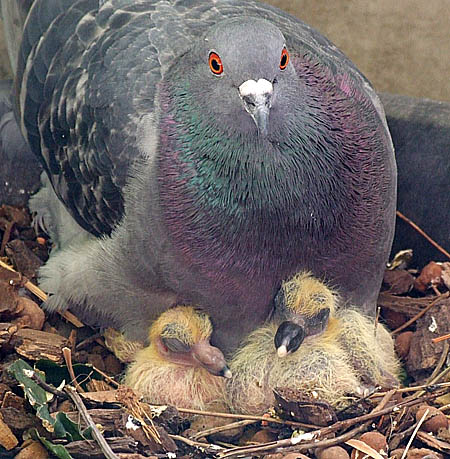 The young fancier and perhaps the old fancier, too, may desire a little knowledge upon the important subject of pigeon breeding, in particular line breeding, or, in any case, a system by means of which they can establish a line of speedy birds, likely to win in the best of company. There is no need to have a loft of fifty birds, to win classic events, in these days of specialization. By specialization, I mean the concentrating upon a certain strain.
The young fancier and perhaps the old fancier, too, may desire a little knowledge upon the important subject of pigeon breeding, in particular line breeding, or, in any case, a system by means of which they can establish a line of speedy birds, likely to win in the best of company. There is no need to have a loft of fifty birds, to win classic events, in these days of specialization. By specialization, I mean the concentrating upon a certain strain.
Most fanciers have, within their lofts, a bird that has performed exceptionally well during the racing season; a bird which has been bred from a pair of birds within the loft. Here then, are the necessary materials for the building up of a strain.
If the pride of our pigeon breeding loft is a cock bird, then, the following season he must be mated to his dam; and if there is a hen, she must be mated to the sire. This is termed ‘reciprocal mating’, at least, I call it such. The youngsters off both these matings are carefully ringed, checked into the pedigree book. Without careful noticing, the success of the system is futile.
The hens of the sire, we will term, 3A, and the cocks off the dam, 3B. The sire is numbers 1, and the dam numbered 2. No. 1 is mated to a 3a hen, and 3b cock to number 2. The young birds are carefully trained and raced, and it is just possible that the youngsters off the sire, may be better than those off the dam. It may be the other way about, and the young off the dam may be the better. This is a possible method of checking whether the sire or dam was the producer of the champion. If the inheritance of the champion bird came from the dam, then we have intensified the possibilities of speed, by mater her champion son to herself.
The progeny of 1x3a will be marked 13a in the stud book, and the progeny of the 1x3b mating will be 13b. Now the fancier may mate a hen off 1x3b, back to No.1 and 2 is naturally half the blood of the dam, and, according to the generally accepted theory of Mendelian laws, governing pigeon breeding, the son only takes after the dam, in proportion of one twenty-fifth of her blood. If this be so (and personally I have up to the present accepted the theory) then the son is only one twenty-fifth part related to the dam, so that it is not close inbreeding.
That being so, the daughter of the son and dam, which is mated back to No. 1, is a grand-daughter, and contains only one-fiftieth part of the grandsire’s blood. To mate these two birds, again, is not close inbreeding and, in the same ratio, to mate the inbred grandson back to the granddam is only mating back one fiftieth of her blood.
It may be, that both the male and female lines will fly and perform exceedingly well; or it may be that one line only shows the greater percentage of winners.
When a champion bird appears in a loft, that is somewhat unrelated, I am a great believer in the theory that it is a case of reversion to a champion ancestor. In either case the sire or dam’s side, and by reciprocal mating, we can trace or chase the elusive quality, much better than by outcrossing. It may be said that we are breeding a line of weak birds, but this has long ago be disproved.
A system as above may be continued for many generations, and, after the third season, the young or the sire’s side may be mated with the young of the dam’s side, and a cock and hen picked, for again mating back to the No. 1 cock and No. 2 hen. It is a system of line breeding similar to that known as the Felch’s system, but, I would not care to go to the extreme length or going beyond five seasons, at which date I would introduce a specially selected hen of the same strain, but far distantly removed.
Why a new hen? Because experienced fanciers know that a new cock bird can mate with several hens without our knowledge, but the new hen can only mate with the one cock bird. Some cock birds are not at all faithful to their hens, and will court any hen in the loft that may be amorously inclined.
I once say this happen, when a red chequer pied cock bird mated to a blue chequer hen, through the hen was really mated to a chequer cock for several seasons. The progeny turned our red chequer pieds, and but for the observation, I would have pedigreed them as off the hen’s real mate, the chequer.
The birds that show any tendency to weekness in physique, provided they are raced, will soon be eliminated from the loft. In well know lofts that have already adopted this system of breeding, the percentage of weaker typed birds are not greater than under the ordinary system of outcross pigeon breeding.
Speed, and more speed, is necessary these days, when fanciers are concentrating upon a few selected birds, and giving them intensive, carefully thought out training and racing. Haphazard selection of a dozen or fifteen birds from the loft of possibly sixty and seventy birds, is putting the fancier on the plane of a novice just starting with a few well bred birds. I could name one prominent English fancier, who races not more than six birds in the chief races, against wealthy fanciers who send as many as twenty birds, and the fanciers with six birds wins a greater percentage of races, because he knows his pedigrees and performances and is in closer contact with the individualities of each bird. And we fanciers know the each bird is as different as two human beings in character and mannerisms.
By pigeon breeding on the system outlined above, a fancier has a perfect right, within a few years to claim his name to the strain, because it is a more or less recognized principle that it takes four seasons to form some distinctive characteristic in bird or animal bred on a system of linebreeding.
Editors Note: These articles have been reproduced with the permission of “The Gazette”, a publication of the South Australian Homing Pigeon Association Inc. The articles were originally supplied by Mr. John Pryor from his late father Keith’s scrap book on Pigeons.
Pigeon Breeding – Correct Line Breeding, Fixing Champion Blood
The Leading Online Pigeon Racing and Racing Pigeons Magazine – The Pigeon Insider

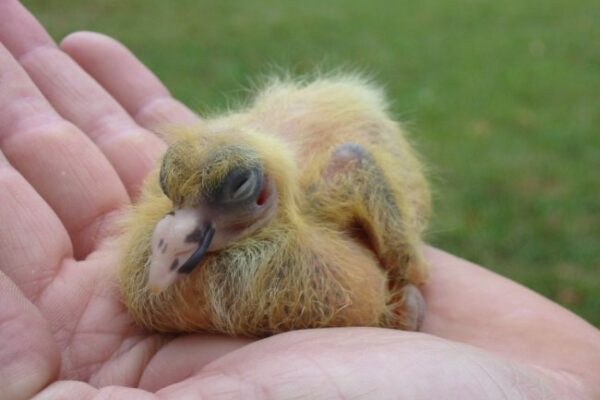
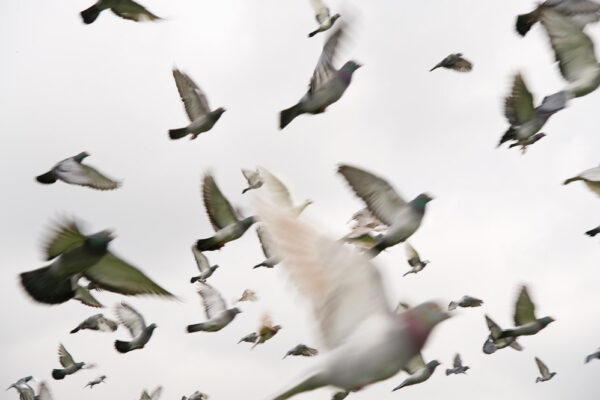
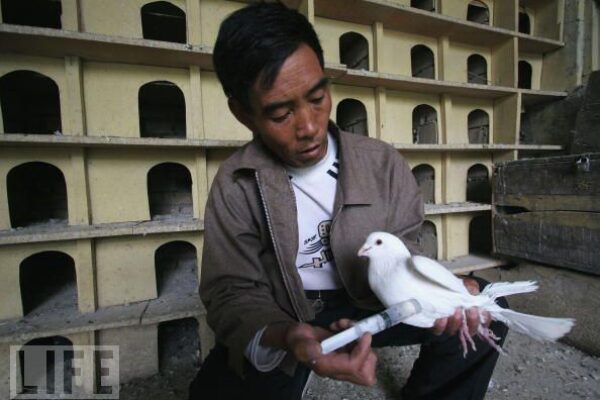
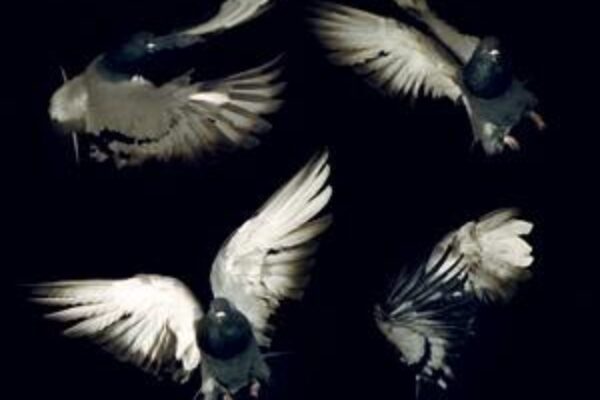
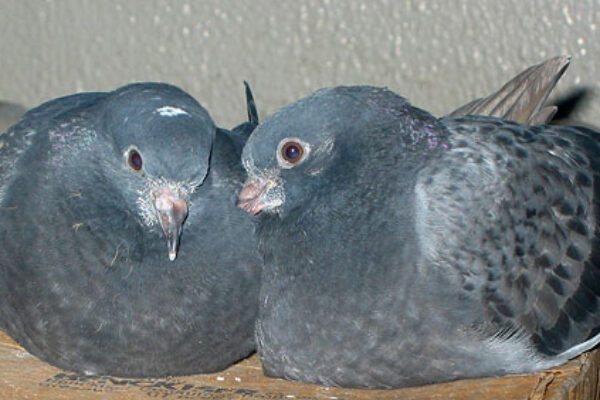
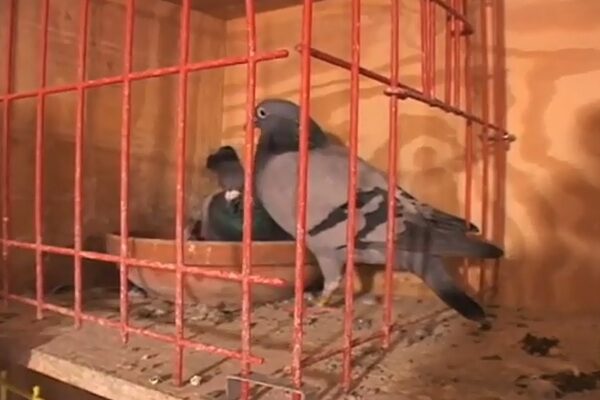


Hi John,You have got it right but with this type of breeding you MUST race the babys and then pick from them the good ones to mate again. What I find is that the hens RACE better than the cocks, but the cocks BREED better.
hi since 1960 all started by my grandfarther.pair 1 hysken v riels breed two good pidgeons.mate brother to sister. take winner & mate to unrelated winner.and if you breed a good brother& sister mate them to get winners and take the best to unrelated winning bird again. i do not breed back i breed forward. and every year i breed a supercrack and my birds remain related so that i can predict what races my birds can do well in. after 50yrs father &g/father passed on i have a teenyweeny hvr blood in my pigeons THEO
I agree with Tom!
Inbreeding or linebreeding you got to have good pigeon coz it magnify the good and the bad gene as well the physical feature of the bird
Hello there, my name is John Fontes i am an American living in the north of portugal, and i am a pigeon lover, and not a real champion, but i get some good results every now and then when i have more time to spair with my birds. The reason wy i am entering this coment is to say something about breeding tecniques if you must say. I myself have 2 pais of birds, lets say pair 1 and pair 2 that give me my best birds. The sire of pair 1 is a full brother to the dam of pair 2, and the dam of pair one is a full sister to the sire of pair 2. Now what i did was put the full brothers to the full sisters. Now correct me if i am wrong but and according to my knowlidge on genetics,the birds that come out of the pairing of two full brothers are genecticly similar to there parents. So all i did was put together lets say 1 male of the pair Sire 1 x dam 2 with a female of the pair sire 2 to dam 1. Hopefully i will get similar birds to the children of pair 1 and pair 2, but with more vitality since these birds are from 2011, the birds from couple #1 and #2 are all from 2003. Now if this works its verry less confusing, much more simple.I have been paying some attention to my pigeons, i have been observing them as often as i can and my conclusion is that we tend to turn things more dificult then they really are. Hopefully somebody with more knowledge will coment on my coment. Thanks, John
Hi guys I’ve read most comments, I have got to say it’s very similar to the road I’m going down,but I’ve got to agree with Tom,reading the first couple paragraphs got a bit confusing, but I suppose it give’s some fanciers somthing to think about.
this is a good article with very good info . I can see how those that are not familiar with this correct method of breeding would have a hard time understanding . But this is the method used in all animal sports and animal worlds . This method is used because it produces champions or it lets you know that you need to go to another line .
Of course there’s is much more individual work & feeding that must be taken care of for ones birds to shine !!!
I never thought about this….It’s very interesting I would like to try this system and soon it will be realized. Thanks for this wonderful article. Maybe this is my time to shine in our club if I would be successful in trying this method of breeding. Again, thanks for everything….
Wow,I didn’t realise inbreeding this closely was a generally accepted,or universal way of breeding.I personally prefer not to mate father to daughter,mother to son,brother to sister.Instead mating granddaughter to grandsire,grandson to granddam,half brother to half sister,etc.I have found breeding to closely produces inferior quality.But thanks for the article,interesting.
Hi Alister if your birds are are not a good family to do this with its my opinion its a waste of
time some families work well and others you are better to out cross and the birds you are using must be good for inbreeding or line breeding Brad.
SO IF YOU MATE THE DOUTHER WITH HER FATHER IT IS GOOD TO RACE ??
THANKS FOR EVERY THING